When it comes to a link building exercise for clients, I tend to prefer a long tail strategy rather than a top level generic strategy. Long tail Link building? What the heck is that? Why don’t we just chuck all our links with the exact anchors that we want for our money words?
To start with, a long tail link building strategy centers around driving a small share of link volume per page on a site, while using 3+ phrases as the anchors. The other element of my long tail link building strategy, is that instead of driving links into the top level pages, I would drive them to tighter match, sub category pages.
How Do I Work On The Long Tail Links?
So take for example an affiliate site that deals with Insurance. Typically, you would have some top level categories like:
- Car Insurance
- House / Home insurance
- Cheap Insurance
- Pet insurance
- Health Insurance
The typical traditional exact match anchor link building looks a bit like this:
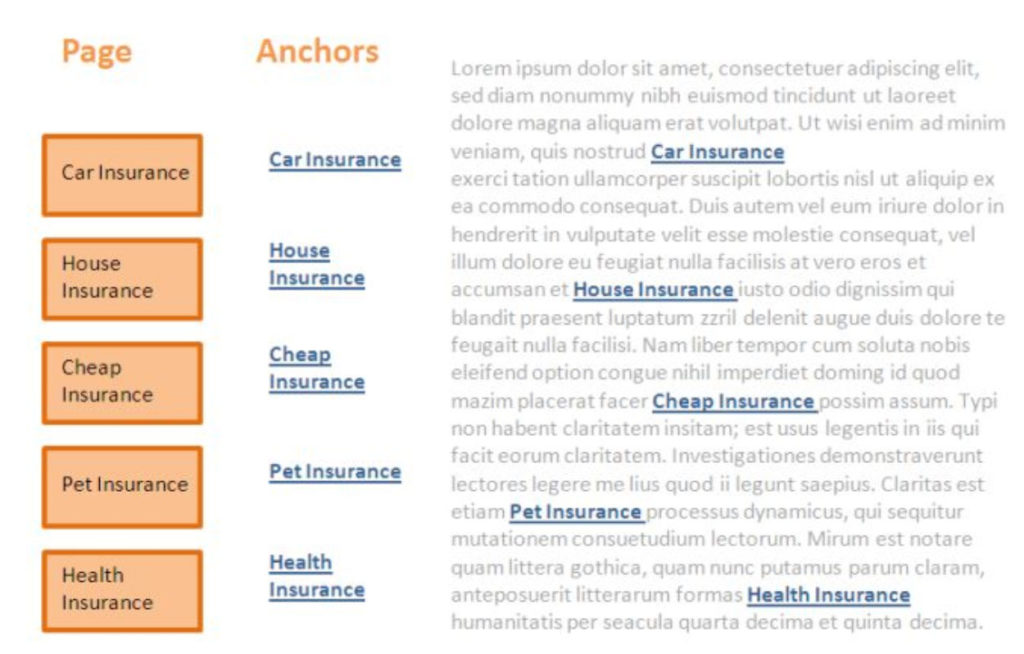
Traditional anchor links
However, my long tail link building is more about building out each one of those categories into sub categories.
A very small sub set of Car Insurance would look like:
- Car insurance for Young Drivers
- Car Insurance for women
- Compare Car Insurance
I would then use google suggest to gauge the really long tail versions of queries that match these pages:
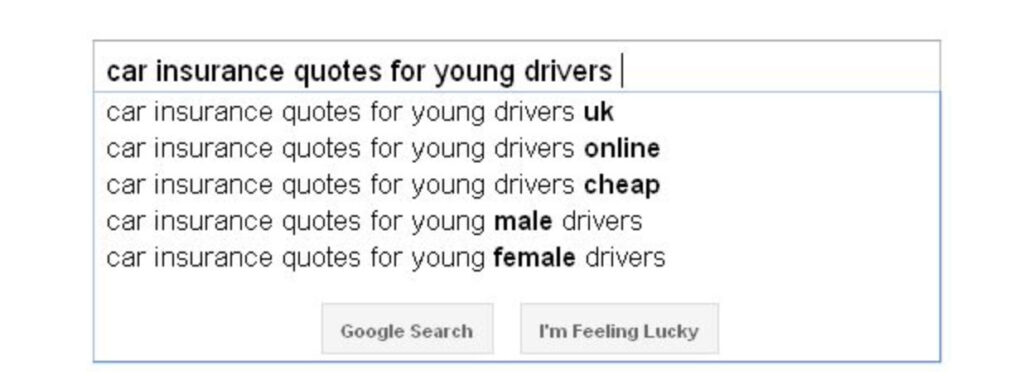
And the end result would look a bit like
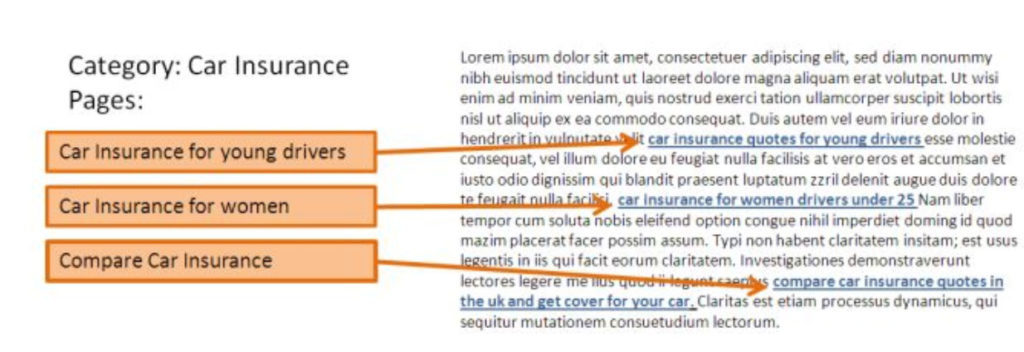
Long Tail Anchor Links
So Why The Long Tail Link Build?
I have 5 reasons for building links in this manner:
- It look more natural than exact match anchors
- It’s easier to get these links than your typical one word or two word anchors
- You use googles own data to pick out long tails
- There are knock on effects to the rest of the site
- You build a link profile that is varied, and strengthen the base of the site
Effects Of Long Tail Links
But to give you a more detailed view, when we build links to long tail phrases, we talk about the 4 fold effect:
effect 1
Directly improving the pages relative import to Search Engines for the phrase and its minor variations for that Key phrase, thus ranking well for long tail keywords. In my SERP Sniffing post, I highlighted the importance of ranking for the long tail:
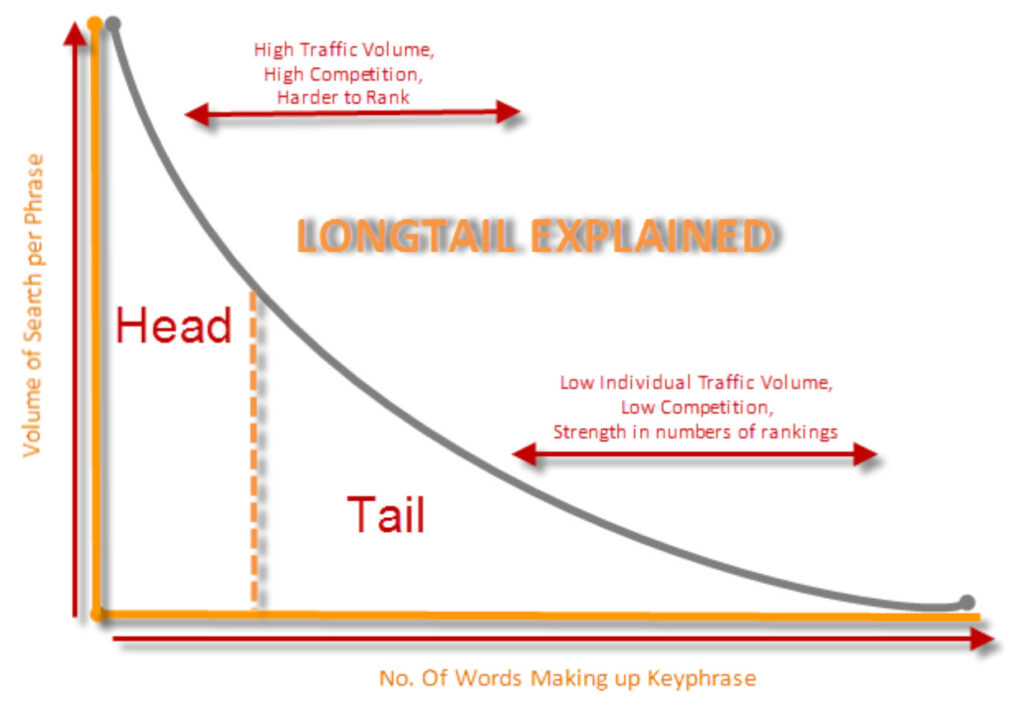
effect 2
Indirectly affecting that pages ( the long tail page) importance for shorter versions of the hyper link – so where “car insurance quotes for young drivers” is the anchor, both, Car insurance Quotes, and Young Drivers, get affected as other possible key phrase combinations and rank for them, such as “Car Insurance for drivers”, Insurance for Young drivers”.
effect 3
The page gains authority and can potentially rank for some of the related content on the page, for example if that page had a section: “Risks for Young Drivers”, chances are that the sites ranking for that phrase may go up, and as a result should be correlated with rankings / traffic before the link building was carried out
effect 4
Over all site authority goes up. As we build a large number of long tail links to deeper content, this has a pyramid effect, where the high base is holding up the tip (in this case the home page) which strengthens for its own content, which then causes a flow of strength through the whole site
Proving The Value Of A Long Tail Link Building Strategy
Convincing clients used to traditional link building to use this approach may or may not be easy, but you still need to justify that it works. The best way to do this is to:
Take two time points:
- Before the strategy started
- At the end (or current point in) of the campaign
Next, isolate all the traffic to your end target pages from search engines and extract all the referring keywords to those pages for each given time point.
Now compare three things:
1. Volume of traffic, then and now
2. Keywords variations driving traffic, then and now
3. Keywords targeted, vs kws NOT targeted, then and now
If you ran a decent campaign, then the difference would be in the numbers:
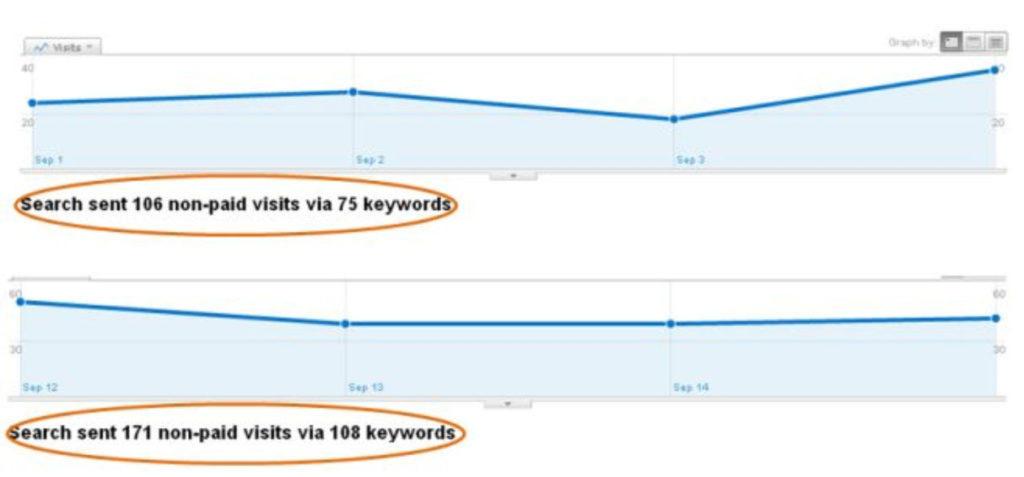
Example of increase in long tail traffic within a week of a single page targeted with 20 Keyword link variations
This example is for one of my small affiliate sites, I isolated a page that had many combo variations via google suggest, then built a series of long tail links. The keyword variation on keyphrase referrers to the page goes up, as well as traffic. Over time, as those links mature further, it will rank higher and higher. If I did the same for the 50 plus pages the site has, the benefits would be higher than trying to get its two word anchors for the home page and trying to compte in that space in the SERPs.
And that folks is my simple guide to long tail link building
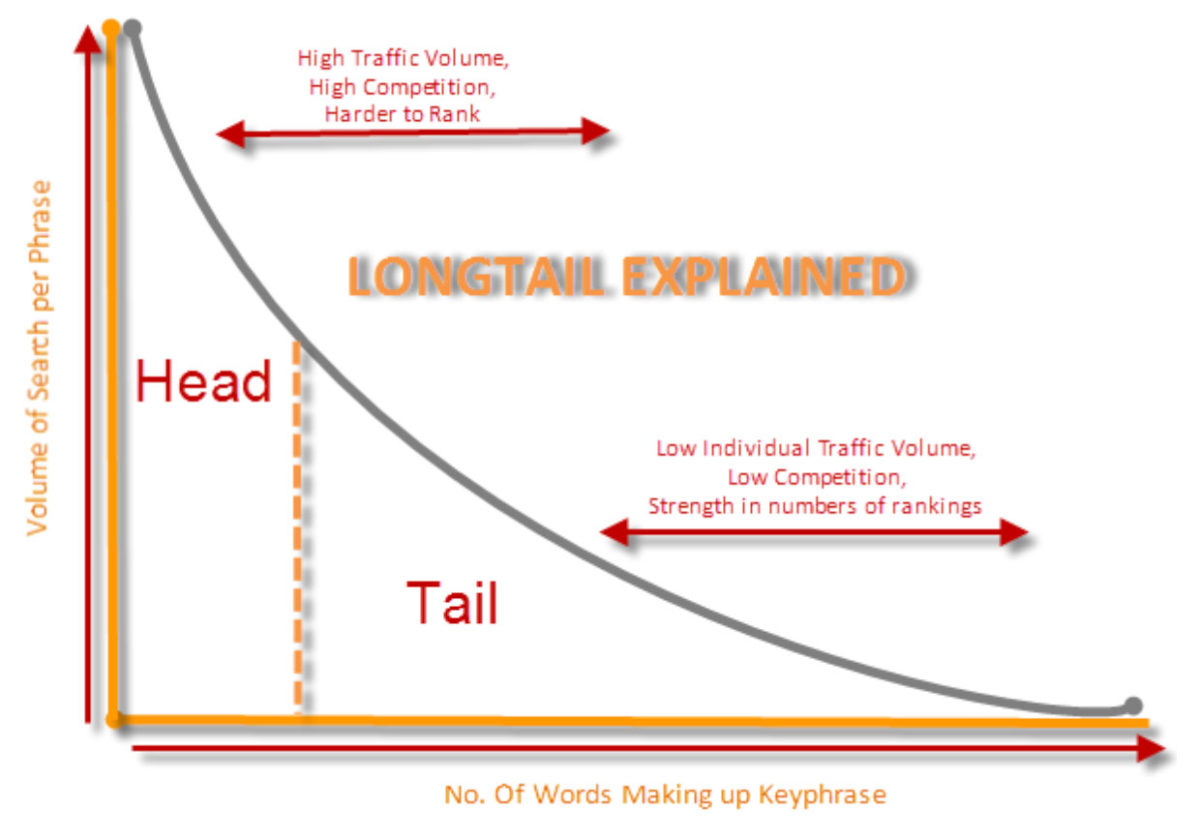
Leave a Reply